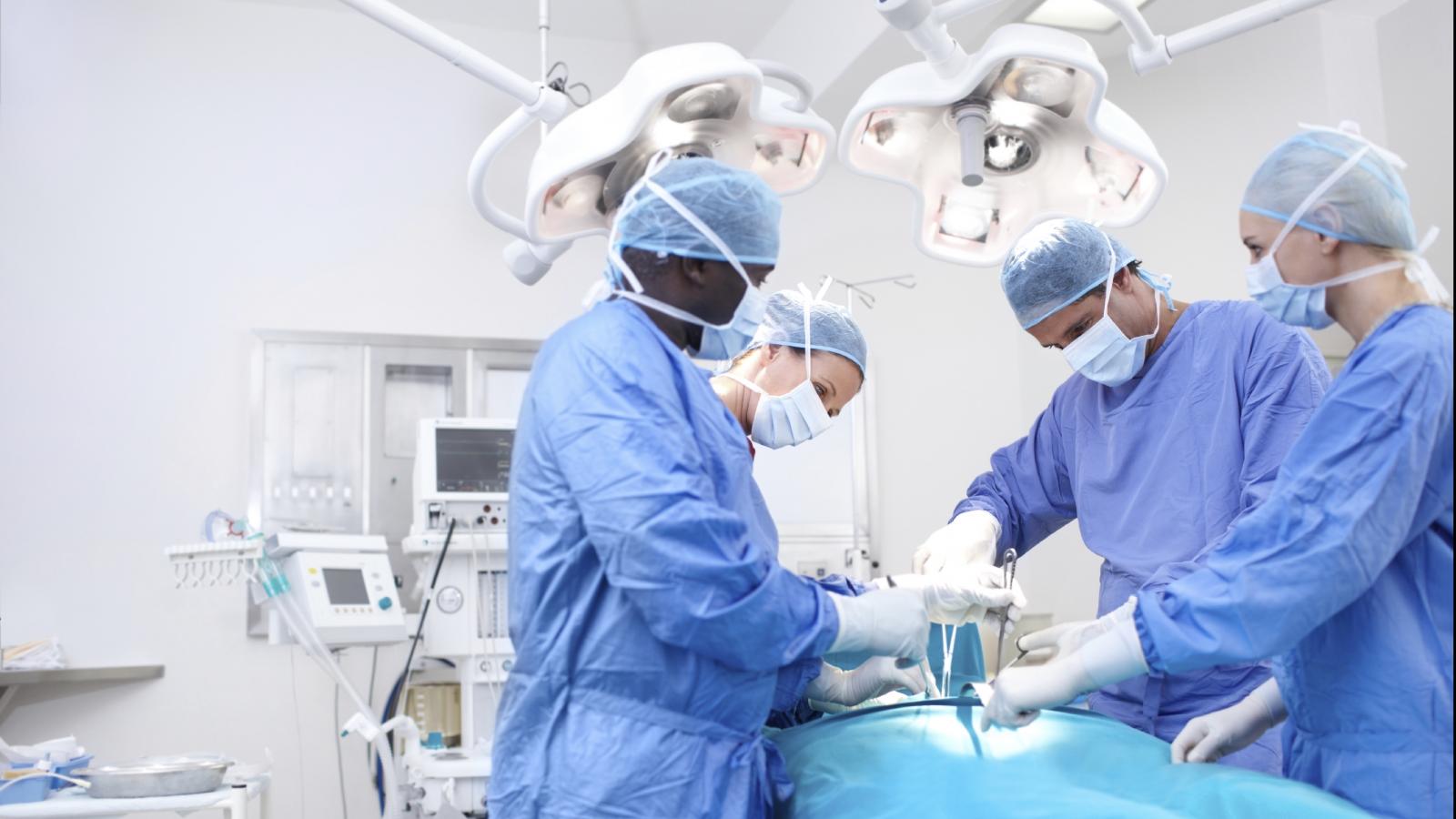Surgery for non-melanoma skin cancer

On this page:
The aim of surgery is to fully remove the cancer, leaving as small a scar as possible.
Types of surgery
- Excision: Small cancers can be removed by cutting them out (excision).
- Wide local excision: This is done occasionally to remove additional skin around the tumour if it is considered high risk. If a large area of skin has to be removed, you may need a skin graft or flap to cover the area removed.
- Cryotherapy/cryosurgery: Cryotherapy (also called cryosurgery) can treat skin cancers if they are quite small and not very deep. Cryotherapy means killing the cancer cells by freezing them with liquid nitrogen.
- Mohs surgery: This is a specialised type of surgery that helps to remove the skin cancer with a minimum amount of normal skin around it, for example when operating on the face near the eyes. During Mohs surgery, the tumour is removed a little at a time. Once removed, each piece is examined straight away under a microscope in the laboratory. If it contains cancer cells, more tissue is removed and examined. The surgeon continues to remove tissue until there are no signs of any cancer cells. This surgery takes time. It is usually done under local anaesthetic in the day theatre. You should not need to stay in hospital overnight.
- Removing lymph nodes: In a few patients with squamous cell skin cancer, the cancer can spread, although this is rare. Your doctor might decide to remove the nearby lymph nodes in this case. You will need stitches after the surgery. These can be removed 7 to 10 days later. A dressing will cover the wound and the hospital staff will let you know how to look after it. Most people can go home on the same day.
Skin grafts and flaps
Skin grafts and skin flaps use your own healthy skin to cover over a wound if you have had a large section of skin removed.
- Skin grafts: A skin graft is a very thin layer of skin taken from another part of your body that is placed over your wound. It is often taken from your inner thigh. A skin graft for your face will usually be taken from behind your ear or neck to match your skin colour.
- Skin flaps: A skin flap is a thicker layer of healthy skin from very close to the wound, where the cancer has been removed. The skin, together with the blood vessels that supply it, is moved to close over the wound.
Most patients with a skin graft go home on the same day. Depending on the size of the graft or flap, you may need to stay in hospital for a few days. It takes some time for the skin graft area to heal and the scars to fade. The donor site area can look like a large graze but it heals very quickly.
Curettage and cautery
Small non-melanoma skin cancers can be scraped away, using heat or electricity to stop any bleeding.
You will be given a local anaesthetic to numb the area. Then your doctor will use a small spoon-shaped tool called a curette to scrape away the cancer and tissue around it. An electric needle is then used to kill the cells directly around the wound, in case any cancer cells are left behind. The electric current also helps to control any bleeding. This treatment can be used again if needed. Afterwards, you may be left with a scar that looks different from your normal skin colour.
For more information
Phone
1800 200 700



